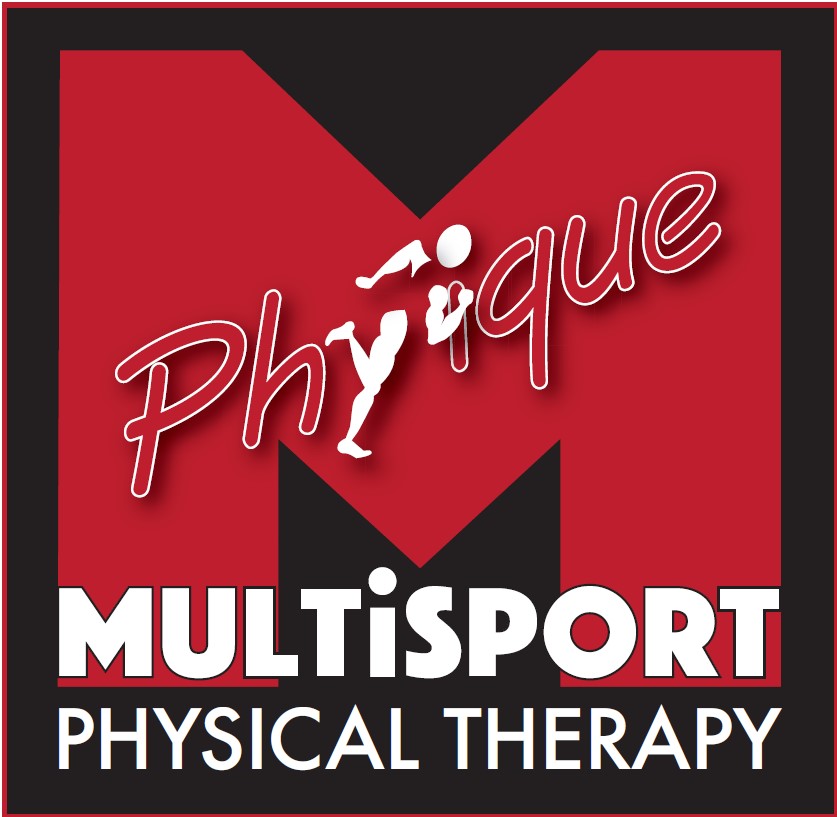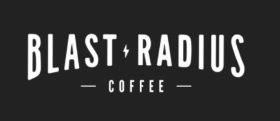Ann Leath

Please join me for parts of a conversation I had with long time Triathlon Club of San Diego member Ann Leath. Ann has succeeded at every multi-sport distance and done it with class while really giving back to the sport.
CZ: How did you get started doing triathlons?
AL: I started cross-training to recover from recurrent running injuries. My orthopedic surgeon told me to do something other than just running, he suggested cycling. So I read a bit about biking but was skeptical that I could get any kind of training effect from riding as I did in running. I was a member of a gym known as George Brown’s at the time so I decided to do my riding on a Lifecyle so I could practice the correct cadence. Then I started out on a weight-training program that I found in Runner’s World magazine to help recover from and prevent running injuries. Plus there was a 3-lane lap pool where I swam from time to time with no concept of distance or time, just recreational. I did not actually have a goal to start doing triathlons, I just happened into my first event, and it turned out to be the right fit for me.
CZ: Tell me about your first triathlon and your early days in the sport.
AL: In 1983 Bonne Belle was putting on a women-only triathlon in Redwood City, so I decided to try that. Why not? After all, I could ride a bike, run and swim.
My bike was a 10-speed Univega with a rear rack and lambskin seat cover and my helmet was a Skid-lid. Is there anyone out there who even remembers what that is? My shoes were ‘touring’ shoes; I got a pair of Sidi white leather lace-up cycling shoes a few days before I drove up to Burlingame and tried them out the day before the race in a parking lot. Oh yes, I also had a bell on my handlebars so I could let people know I was coming up so they could get out of my way!!!
I meticulously prepared my outfits for the clothing changes. My favorite cycling shorts and special ½ marathon t-shirt for the bike. My favorite running shorts and cutoff T-shirt for the run! Wow, it took me 10 minutes just to get the swimsuit off and the bike shorts on; that was tough! Not to mention the jogbra, that took about as long.
I died in the run. Who would have ever thought to practice running right after biking? All those people I passed on the bike now were passing me on the run. What is wrong with this picture? And I was in pretty decent shape, so I thought.
Well, I did finish and it was so exhilarating, I loved it! This is FUN, when can I do this again, what can I do better, I have to go home and tell all my friends about this!!!
I have been training and racing ever since. I got my best women friends into triathlon. We had so much fun! One of our first races was Chuck’s Triathlon at Fiesta Island. No transition area, just put down your towel in the dirt. The swim was last. There was a water truck for post-race showers to wash off the Mission Bay brown scum.
Somehow I started placing in my age group without having discovered the benefits of a coached program. Then I got asked to join the Fleet Feet triathlon team in 1993 and joined TCSD around that time. I discovered Wildflower and Orange County and Mike and Rob’s and enjoyed all these events. I did all the San Diego events numerous times. And the greatest thing of all was that I was managing to stay injury-free. And having fun training with my friends.
CZ: What prompted you to flip the switch and try the Ironman distance?
AL: I had heard of “Ironman”. I had seen some of it on TV. Julie Moss. Mark Allen and Dave Scott. That was OK for them, but those Ironman folks were crazy and I would never think of putting myself through something like that! All that in one day? Not for me. And all the work to train to get ready? Not me, I have a life.
Then along came age 49. 50 was approaching. Now 50 needs something special to show for it. Something out of the ordinary. What came to me was “Ironman”. I realized that all my experience was not sufficient for me to put together a way to prepare myself for that. I inquired about coaching, and was fortunate enough to be referred to Roch Frey when he was just beginning personal coaching and had not even moved here yet.
I failed in my first attempt to qualify for Hawaii in 1995. At first I thought that was the end of it, after all, one turns 50 only once. But then I realized I was going to continue being 50 and just because I didn’t make it the first time, if I still wanted to do it, I would keep trying. So still being coached by Roch, I qualified at Mike and Rob’s in Ventura in 1996.
CZ: What was it like for you to do Hawaii the first time?
AL: Hawaii was all I had hoped it would be and more. My goal was to finish, and I did and it was so fantastic, so emotionally satisfying. The first time is such a huge unknown, so the sense of accomplishment was like none other. I had finished a Hawaii Ironman! Wow! Now I can die happy. That was my lifetime Ironman goal. Those folks who go back year after year are crazy. On the flight home a few days later, I found myself wondering what I could have done differently, how could I have gone faster. And so I recalled what one of my teammates had said about Ironman: you will either love it or hate it. If you love it, you will be back. So I went back. Thanks again to Roch’s program for me, I was able to qualify again in 1997 at Buffalo Springs Lake Triathlon near Lubbock TX.
CZ: What Ironman races have you done?
AL: My first Ironman event was Hawaii in 1996 and I finished in 15:24 in F50-54, then the next year at Hawaii was completed in 14:03. Canada in 2001 took me 15:08 in a new age group F55-59 and in 2003 I finished Canada in 13:54, finishing 3rd in my age group.
CZ: I know you qualified for Kona 2003 by virtue of your great performance at Ironman Canada, but you could not race because of injury. What was it like for you to be in Kona and not get to race a World Championship event that you were qualified to do?
AL: I developed posterior tibialis tendinitis about 2 weeks after Canada. I had not heard that one should avoid any running for 3 weeks after an IM and I was simply jogging along on what I thought was an active recovery run and developed severe pain in the ankle. I immediately emailed the IM office in Kona to inform them of the injury and asked to withdraw and received the official reply that no refunds are allowed for any reason. It was quite obvious that I would not be able to run. I could not walk without limping. I availed myself of all the medical help I could get but nothing would heal it to the point I could even walk a marathon.
As the days crept towards Oct. 18, it became apparent that cycling was keeping the injury from improving and that I would injure myself even more by pushing myself to do the 112 miles. IM athlete liason in Kona advised me to start anyway and drop out when I had to.
So that is what I did. There is a whole other story as to why I was almost prevented from even starting although I was an officially qualified participant. I did complete the swim and then turned in my chip and dropped out.
As soon as the official volunteer desk was set up at the Ironman Village, I signed up to work since I knew I would be dropping out and I wanted to remain involved somehow. I eventually spent 6 hours volunteering as a bike catcher and checker. Not too wise with an injured ankle but I had a need to do something! And this was pretty exciting in itself.
I think that because of my previous Hawaii finishes and the wisdom gained in the ensuing years, I was able to accept not being able to cross the finish line this time with a great deal of grace and little regret. I could have pushed myself to the point of such a severe injury that I could have crippled myself, but I chose a different path. Yes, I missed out on the finishers T-shirt, and the 25-year anniversary iron trophy. And I made the right decision.
CZ: As you prepare for an Ironman race, what has been the key to your success?
AL: So many factors are interrelated. Most of them involve other people. The coaches, the training buddies, the group programs and workouts and practices, chiropractor and massage therapist, etc. I think you can only do so much on your own and then you realize the importance of all this support.
I highly recommend getting a coach as I did, getting involved with the tri-club program which is what I did, getting involved with a Masters program, which I also did. Find a program and then stick with it. Stick with your own plan, don’t be bouncing back and forth when you hear what someone else’s program calls for them to do. Rest is an important factor. I do have to work for a living and so my workouts have to be in the evening after work and on the weekend. I do love my rest and I have learned to enjoy it and not feel guilty about it.
I really value the relationships with my friends developed over the years of swimming at the cove, doing those rides and T-runs, doing those central Calif. Century rides, taking week-long bike tours, getting in those long runs together, building lasting friendships while doing something really good for ourselves.
CZ: What has been the highlight of your triathlon career and why?
AL: My biggest year was 1997 in that I qualified for both Hawaii and Duathlon Worlds in Spain. Roch put together a program that allowed me to train and race both distances successfully and I took 4th in my age group at Worlds Du and I felt pretty good about that. In 1998, my team and I were televised as part of the Lifetime Team Challenge so that was a great honor. Actually this last IM Canada was a real breakthrough for me, finishing faster than I did at a younger age, breaking 14 hours for the first time, placing 3rd in my age group F55-59 and placing for the first time ever at IM distance.
CZ: What do you advise people who are preparing for their first Ironman event?
AL: Get a coach. Prepare yourself, prepare your equipment, know the rules and abide by them, practice good sportsmanship, be patient, and above all, have fun. When the going gets tough, and it will, there will be those difficult places and times, be patient with yourself, keep going anyway, it will pass. There is great joy in completing an event when you have prepared properly. When you prepare your body, mind and spirit properly, the event unfolds as it should and you just flow with it. Have faith in yourself. Commit yourself to keep going, to get to that finish line.
CZ: What are your future goals with the sport?
AL: My immediate goal is preparing for IM USA this July. My overriding goal is to stay well and able to race until I am the oldest female athlete out there. More specifically, I would really like to do another Worlds Duathlon, and more IM distance events. I really like the short faster distances, and I also really like the IM distance. I am beginning to realize that qualifying for Hawaii is not always my ultimate goal, I want to experience what the different locations have to offer and enjoy each one for its uniqueness.
One of my quirks is that I want my race entry fees to go to races that are USAT sanctioned, I do not have unlimited funds for race fees, and I am disappointed that so few of the local triathlons are sanctioned. So my ongoing goal is to find those USAT-sanctioned races that are closest to home and support them.
CZ: We really do need more local races to be sanctioned by USAT. Thank you for sharing your story with the Tri Club. It is very nice to get to know you. We’ll be cheering for you to achieve those goals!








